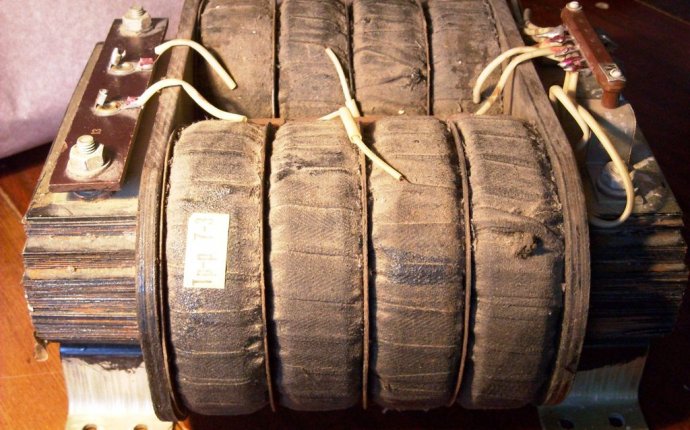
Uniform Transformer
Virtually all Neck TN series transformers are suitable for use as a day off in two-track light rays with low-voltage, so-called " flux " lamps. And the presence of four day-to-day mosses in the TNs provides an opportunity, both for interesting schematic solutions and for the creation of high-quality boosters on their base.
Standard TNx-127/220-50 of High Volts has only two networks of 127 volts each with 110 volts. And since the energy intensity data cannot be exceeded, so as to avoid the introduction of the cardiovascular saturation, the anode power of the output cascade lamps cannot be high.
The permissible stress absorption on each floor will be at the root of two (1, 41) times greater than the effective value of 127 volts.
Available: 127 x 1, 41 = 180 volts (well, almost).
On the lamp, if she's a pentode or a radius notebook, there's a 40-60 volt in the open state. It has become possible to use TN transformers in two-stroke foams only makes sense with lights that are standardised at voltage:
180 + (40 ... 60) = 220 ... 240 volts.
We have these lights. These are pento-pipe parts 6F3P and 6F5P, 6P18P, 6P41C, 6P43P, in general, lights designed to work in the day-to-day cascades with a human turnover of televisions. And the 6P36C, 6P42C, 6P44C and 6P45C.
If you use the TNs for the triodal rapers, it's all going to be great!
There's a much higher voltage on the triode with a small, high-density high. Well, about 100 to 140 volts.
The anode stresses they'll be working on will be:
180 + (100 ... 140) = 280 ... 320 volts.
It's a model regime for 6C-4C! The same mode may include the triodal inclusion of common pentodes and radius tetrodes, such as 6P14P, 6P3C, 6550, whose anomalous voltage is limited to the permissible voltage on the screen grid.









